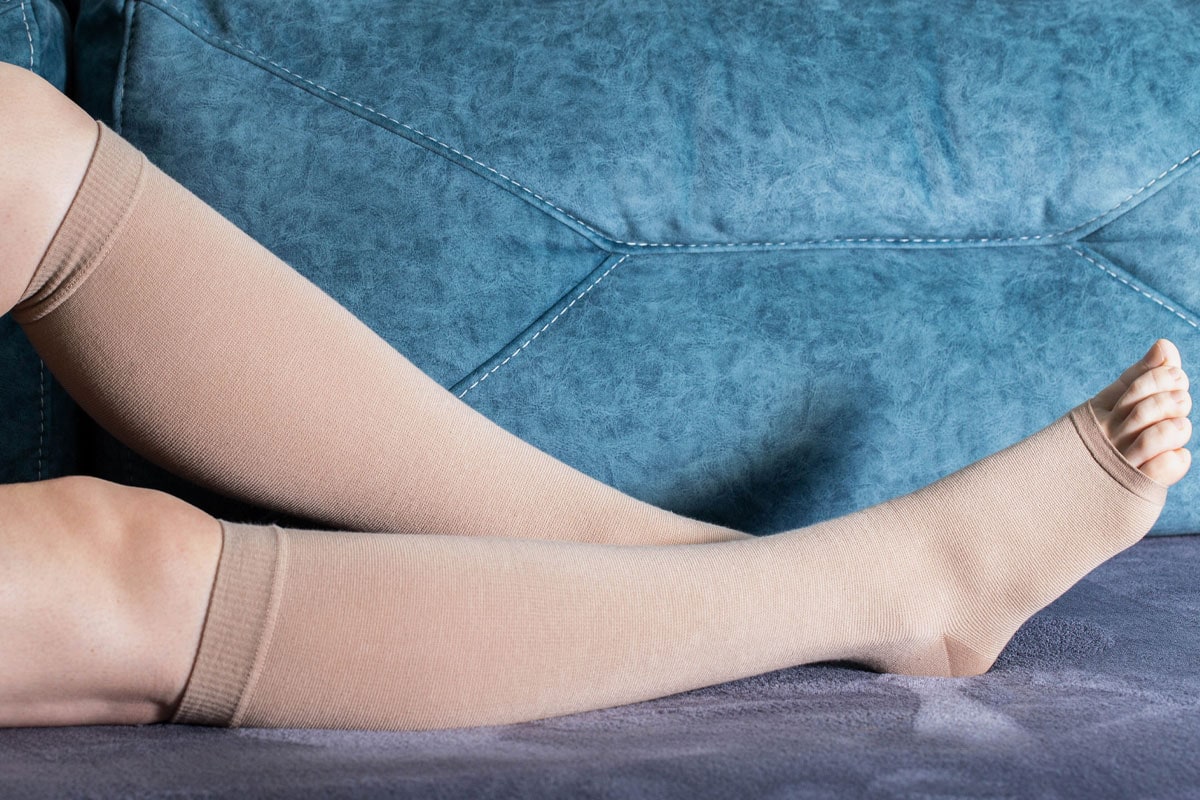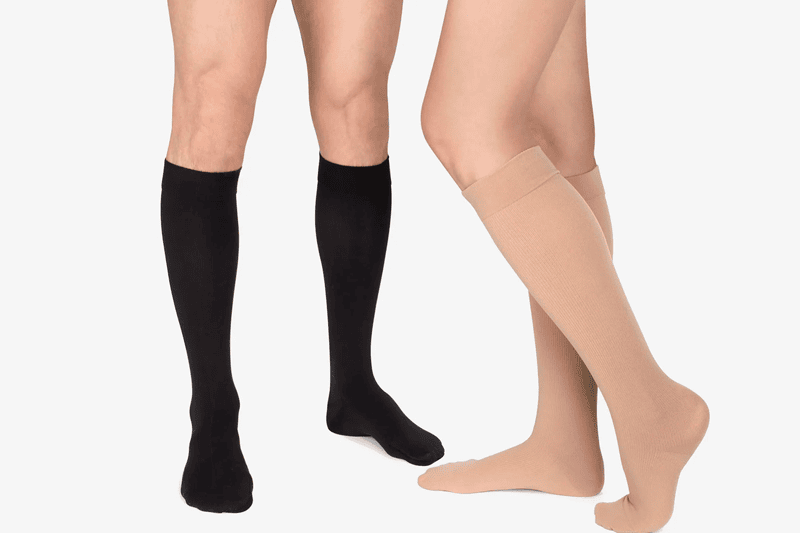Orthotic devices play a crucial role in supporting and correcting various musculoskeletal conditions, from flat feet to arch pain, and even conditions like tennis elbow, fracture braces and post operative devices.
Orthotic devices can make a significant difference for individuals seeking relief from discomfort or managing long-term conditions, to improve their quality of life. As well as custom-made devices, they are available off-the-shelf (OTS), such as ready-to-fit braces.
Over-the-counter orthotics may not always provide the individualized support that custom-made orthotics can offer. This blog will discuss why professional fitting is essential for better results, as well as the difference between generic and custom orthotic devices.
What are orthoses?
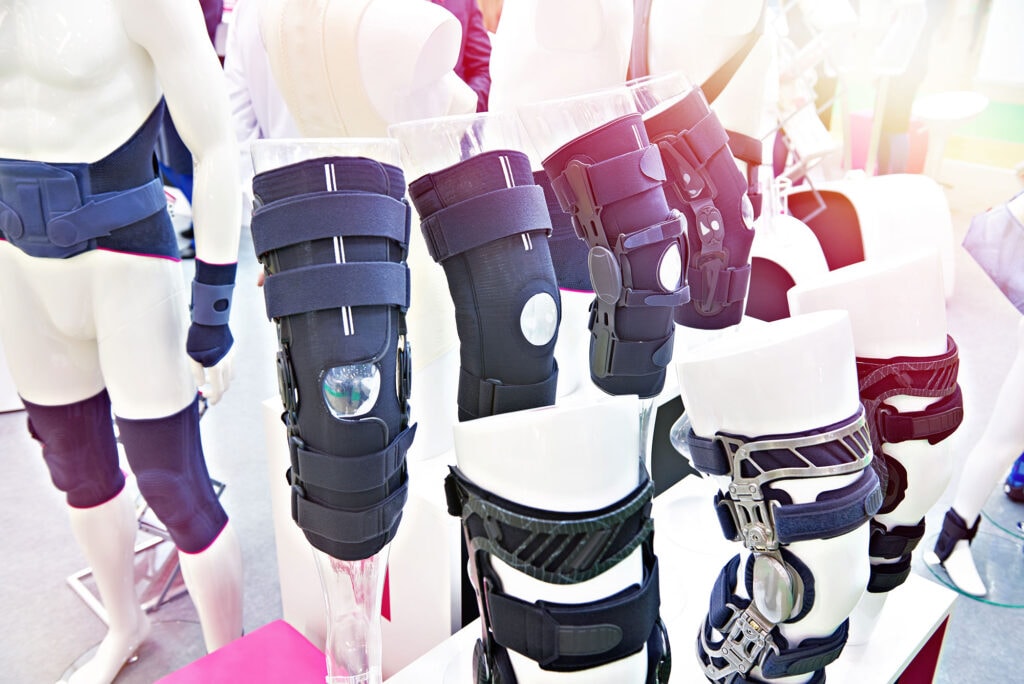
Orthoses are the devices placed externally on your body to correct the biomechanical issues, such as poor posture, improper foot alignment, or abnormal gait patterns. Their purpose is to help alleviate pain, reduce strain on other parts of the body, and prevent injury or re-injury as well.
As every person is unique, one size orthoses do not fit all patients as well as they should due to their unique bodies. For this reason, a professional fitting of orthotic devices is essential.
What does an orthotist do?
Orthotists are trained professionals who can assist you in choosing the best orthotic devices for better support and healing. During an Orthotist’s evaluation, they will help you find the brace that is most suitable for your needs. Based on your problem, they perform detailed assessments such as gait analysis, to ensure the orthosis will be designed to target the root cause of your discomfort or condition.
How are custom orthotics better?
Orthotics created specifically for you are adapted to match your unique contours and alignment, thereby improving comfort and tolerance. Professionals ensure that the device is not causing any pressure and provides adequate cushioning. By doing so, patients who require these devices for longer periods of time, such as post-stroke patients, can achieve long-term comfort and support.
In addition to this, some people are sensitive to certain materials, and an orthotist can help you find suitable skin-friendly devices to fulfill your needs.
Your Orthotist also helps to fine-tune the orthosis from time-to-time to continue offering the best support possible.
How are Custom Orthoses different from Generic Orthoses?
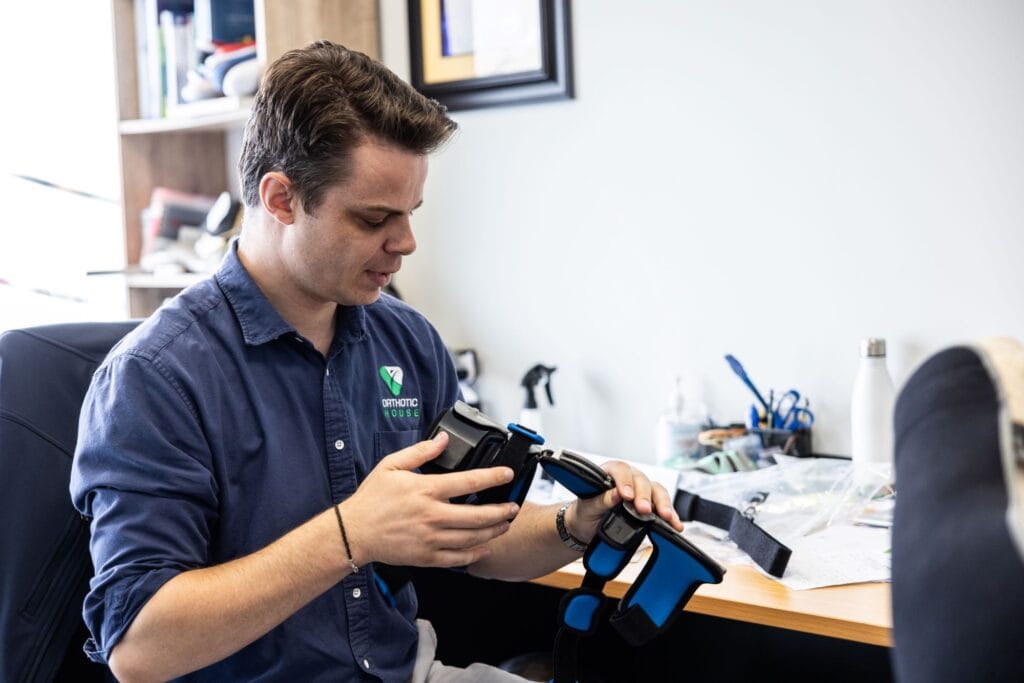
After understanding the importance of professional fitting of orthotic devices, let’s take a closer look at the key differences between generic and custom orthotic devices.
1. Effectiveness in Treating Conditions
Custom Orthosis: These are often prescribed for specific conditions, such as spinal deformities, fractures, arthritis, foot & hand deformities, or following sports injuries. Custom orthosis is designed to improve compliance for better outcomes.
Generic Orthosis: It may help with basic or mild issues and is often insufficient for more complex or chronic conditions. In addition to that, most of them cannot be adjusted to improve the fit and compliance.
2. Fit and Comfort
Custom Orthosis: Custom orthoses are made from molds or scans of your body part and are tailored to meet your needs. This ensures a precise fit for maximum comfort and more effective outcomes.
Generic Orthosis: These are one size fits most and are mass-produced solutions that are available in stores or online. They may help to provide support and comfort for mild injuries, but they are not designed for individual needs and unique body contours. This can result in discomfort, inadequate support, or new issues for some patients.
3. Support
Custom Orthosis: These orthotics are designed to correct specific conditions by providing targeted support. For example, a person with flat feet may require orthotics that support the flat arch, while someone with a fracture of the lower leg may need a fracture brace to aid healing.
Generic Orthosis: Over-the-shelf orthosis are for general support, which may work for some people but often fall short for those with more specific needs. For example, high arches, plantar fasciitis, or severe misalignment.
4. Durability
Custom Orthosis: Custom devices are made of higher-quality materials and components to last longer and offer ongoing support and performance. For durability, proper care and adjustments are important.
Generic Orthosis: These are mass-produced and are made for short-term use; therefore, they may wear out or lose their effectiveness over time, especially if they aren’t perfectly suited to your condition.
Off-the-shelf vs custom orthotic devices in a nutshell
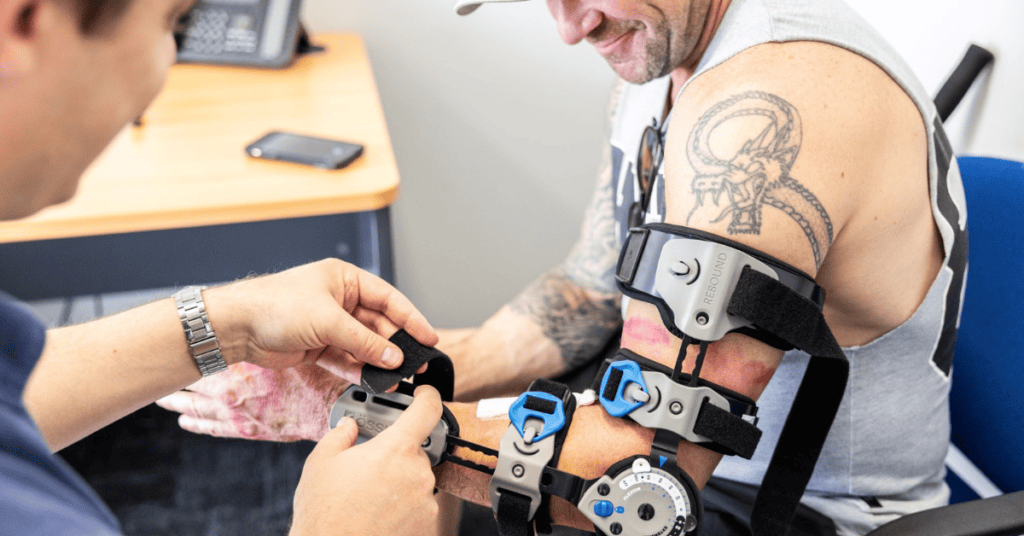
Selection of the right orthotic device can make all the difference when it comes to alleviating foot pain, improving posture, and preventing future injuries.
While OTS orthotics may seem like an affordable, readily available solution, they often lack the personalized support required for optimal outcomes. On the other hand, custom orthoses are designed specifically to address your unique body structure and biomechanical needs, ensuring better comfort, support, and long-term effectiveness.
If you are experiencing foot discomfort or struggling with an ongoing musculoskeletal condition, discussing with a professional who can provide a proper fitting for custom orthotics is a step toward a more comfortable and healthier lifestyle and compliance. So, take the time to invest in your wellbeing, and your body will thank you for that!
